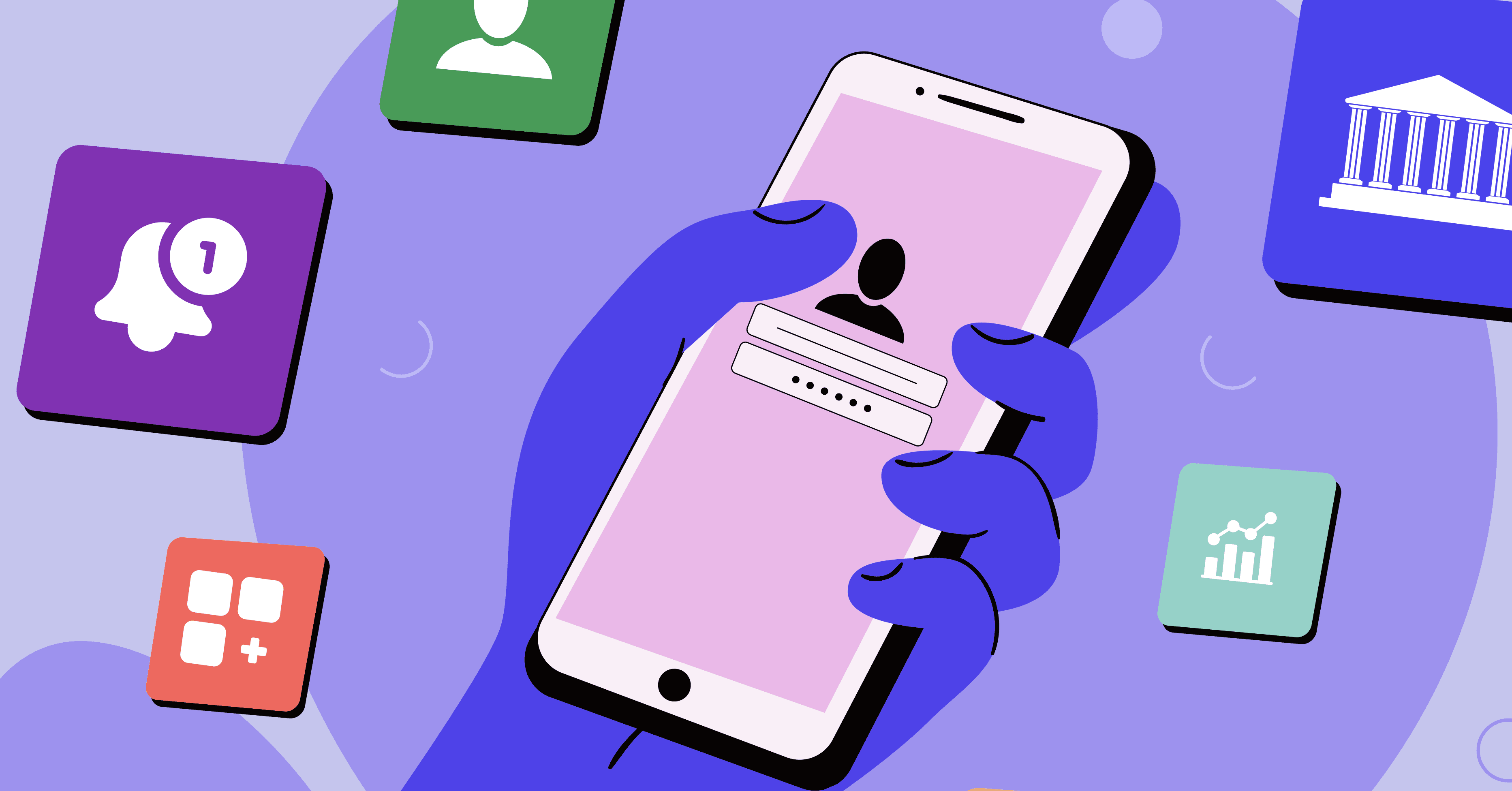Fintech companies consistently push the boundaries of financial services, from simplistic banking apps to wallets to financial services with crypto integration. Nowadays, traditional companies explore how to create a banking app with simple features (please see the Topflight research). Banking apps allow users to perform transactions anywhere worldwide if they have a mobile phone and internet connection. In this article, we will explore how to build a mobile banking app, features to integrate, and factors to consider, including compliance and regulation, market research, tech stacks, product research, security, user experience and interface, and payment integration.
How to Build a Mobile Banking App: Market Research and Planning
The first phase when building a banking application is market research and planning. It’s crucial to analyze all factors before delving into costly projects, from legal considerations to regulations, funding, app functionality, existing financial frameworks, and competition. Understand your target audience, their needs, and preferences. Let’s explore everything else that goes into planning and market research:
- Funding source and expenses: Define the source of your funding and where the money will be spent. Expenses include frontend and backend development, prototyping, product research and development, marketing campaigns, testing, maintenance, and launch. An app is a product. This means that if you do not have a prototype or a functional application, you may not be able to apply for business funding, regardless of how revolutionary your idea is. Sources of financing in the market research stage include family and friends, co-workers, and loans. You can also partner with people with complementary web development experience and give them equity in your company.
- Competitive research: Determine the competition, their UVP, and how your bank app can compete against more established companies. A decent idea is to consider a banking app that offers core services instead of robust benefits.
- Product research: Determine the core functionalities of your bank app. Can you build a prototype with core functionalities and launch for the possibility of crowdfunding?
- Trends: Determine the trends within which your app can successfully exist.
Banking Application Features
It’s essential to understand a banking app’s core and general features when you want to start a banking app. Let’s explore them.
Registration: Allow users to create accounts securely. The registration process also includes KYC; hence, you should have impeccable ID verification, phone number verification, and SSN verification.
Account Overview: The account overview is a part of the app’s interface, including account balances, transaction history, loans and overdrafts, bill payments, sports and gaming, pending transactions, self-service, and customer service.
Funds Transfer: Enable users to transfer money between accounts within and outside the bank.
Mobile Check Deposit: Incorporate a system for users to deposit checks by capturing images.
Bill Payment: Integrate a feature to conveniently pay bills like power and water bills.
Alerts and Notifications: Integrate the app with Gmail and other email providers for seamless alert and notification processes. Enable the app to notify users of successful, unsuccessful, and pending transactions.
Security: Implement robust security measures, including multi-factor authentication and encryption.
Customer Support: Provide a robust customer support system, including self-service, a customer support bot, and resources (articles that teach users how to navigate the app).
Account statement: Enable users to download their electronic account system.
Verification: Your banking app must have a verification process that complies with the regulations of the countries where you will operate. Developing an in-app verification process may be costly, especially when just starting, so you can use software like Veriff, Trulioo, Jumio, Acuant, and Shufti. Your choice of software depends on cost, authentication solution, Anti-Money Laundering screening, compliance with regulatory services, authentication accuracy, and service options like document verification, biometrics, and facial verification.
Tech Stack
From frontend to backend development, cloud services, databases, and security, you must understand the tech stack needed to build a banking application. You must understand the tech stacks and accompanying costs when you want to make a mobile banking app. Let’s explore them.
Frontend Development
Your banking application needs native development (Swift and Objective-C for iOS, Kotlin, and Java for Android) or cross-platform solutions like React Native or Flutter.
Programming Languages: The tech stack includes languages like JavaScript, HTML, and CSS
Frameworks and Libraries: Employ frontend frameworks such as React, Angular, or Vue.js to facilitate the development of interactive user interfaces. For design and layout consistency, use Bootstrap.
Your choice of development tools depends on whether you will build only a mobile application or a mobile app alongside web solutions.
Backend Development
Programming Languages: Python, Java, Ruby, PHP, Node.js, or Go.
Web Frameworks: Utilize web frameworks like Spring Boot (Java), Django (Python), Ruby, Laravel (PHP), or Express.js (Node.js) to build the server-side logic.
APIs: Use RESTful or GraphQL to build robust front-end and back-end interaction APIs.
Databases: Database options include RDBMS and NoSQL databases. Relational Database Management System (RDBMS) systems include MySQL, PostgreSQL, or Oracle, and they are used for structured data storage and transaction management. NoSQL databases like MongoDB or Cassandra are excellent for scaling (they handle unstructured and semi-structured data and support high transaction volumes).
Cloud Services
Cloud Hosting: Consider using cloud services like Amazon Web Services (AWS), Microsoft Azure, or Google Cloud Platform (GCP) for scalable and cost-effective hosting. You can also leverage serverless computing platforms like AWS Lambda or Azure Functions for microservices and automation.
Payment Integration
You must integrate your app with payment gateways and financial institutions to securely enable features like fund transfers, bill payments, and card transactions. When you learn how to make a banking app, you must understand the nuances of payment integration.
Conclusion
This guide outlines the key aspects to note when you build a mobile banking app, including market research, feature development, and the necessary tech stack. The introduction emphasizes the influence of mobile technology on financial management. The article provides a comprehensive overview for those looking to create a banking app, ensuring a solid foundation for development.
You might also be interested in an article on a more comprehensive topic; please check:
https://topflightapps.com/ideas/how-to-build-a-market-ready-fintech-app-in-record-time/
